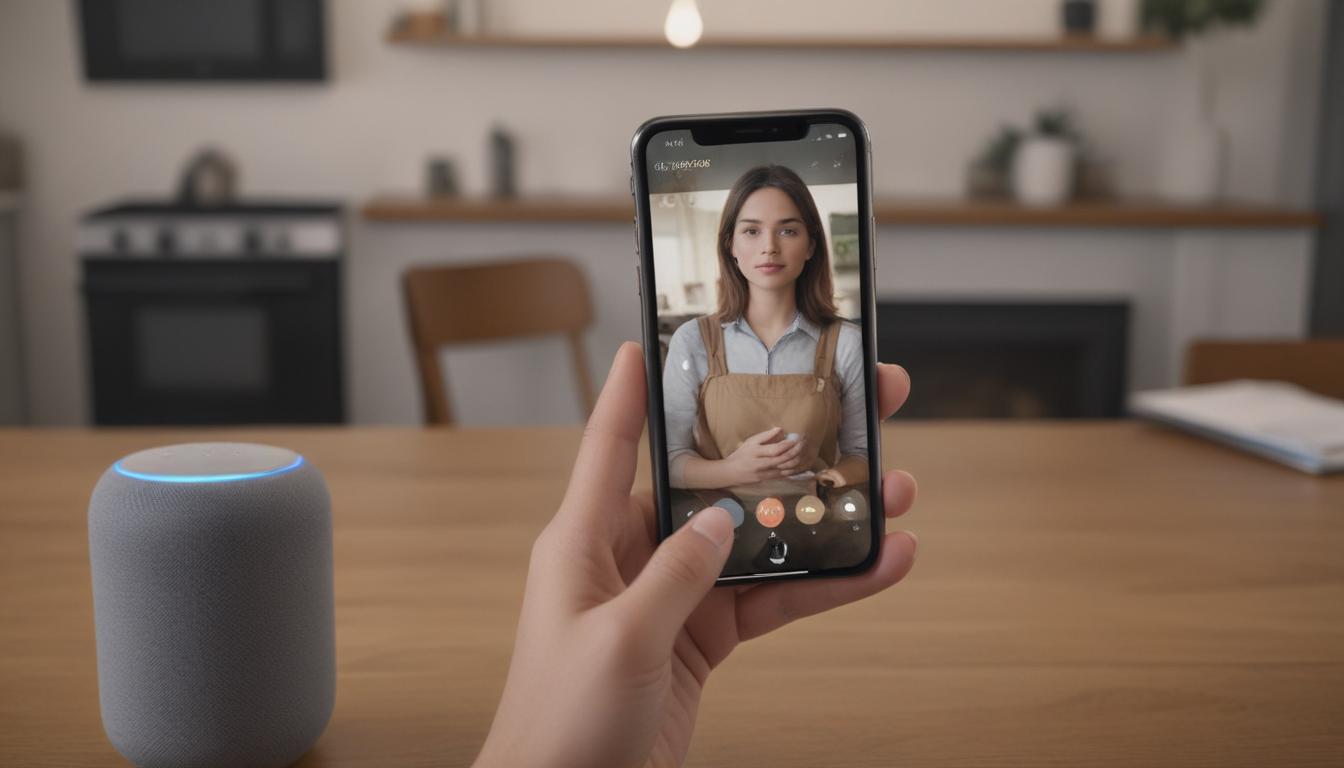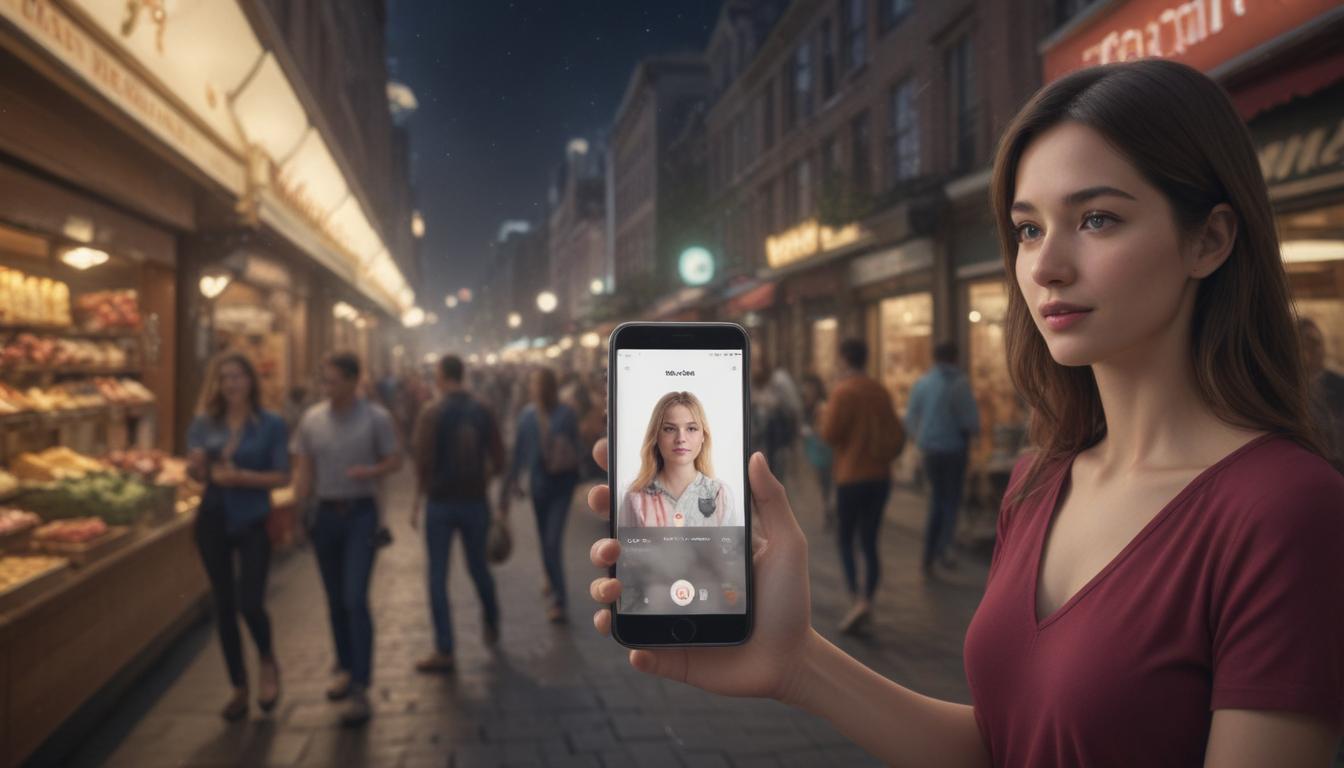Now Reading: Siri to Smart Speakers Voice Tech Explained
- 01
Siri to Smart Speakers Voice Tech Explained
Siri to Smart Speakers Voice Tech Explained

Speech Recognition Technology From Siri to Smart Speakers
Have you ever paused mid-sentence after asking your phone for directions and wondered, “How does it actually understand me?” You talk, and seemingly by magic, a digital assistant talks back, plays your favorite song, or adds groceries to your list. This seamless interaction has become so normal that we rarely consider the incredible technology working behind the scenes. It can feel like a black box, a piece of futuristic wizardry that just happens to live in our pockets and on our kitchen counters.
If you’re curious about what turns your spoken words into digital action, you’ve come to the right place. This isn’t magic; it’s the fascinating world of speech recognition technology. In this guide, we will pull back the curtain on how devices like your iPhone and Amazon Echo comprehend your commands. We’ll explore its journey from a clunky laboratory experiment to the sophisticated artificial intelligence that powers our daily lives and look at what the future holds for this transformative technology.
The Journey of Voice How We Got Here
The idea of talking to machines is not new, but the journey from science fiction to reality has been a long and challenging one. The earliest roots of speech recognition stretch back to the 1950s with “Audrey,” a system developed by Bell Labs. Audrey was groundbreaking for its time, but it was a behemoth that could only recognize a handful of spoken digits from a single speaker. For decades, progress was slow, confined to research labs and limited by the computing power of the era. The technology was niche, expensive, and far from practical for everyday use.
The real breakthrough came with the rise of more powerful computers and, crucially, the development of advanced algorithms and machine learning. In the 1980s and 90s, statistical methods like Hidden Markov Models (HMMs) allowed systems to predict the probability of a sequence of words, dramatically improving accuracy. This progress, heavily funded by organizations like DARPA, laid the essential groundwork. However, the final leap into the mainstream happened in the 2010s with the deep learning revolution. Companies like Google, Apple, and Amazon leveraged massive datasets and neural networks to train AI models, resulting in the highly accurate and responsive virtual assistants we know and use today.
Unpacking the Magic How Speech Recognition Works
When you speak a command to your device, a complex and nearly instantaneous process begins. It all starts with your voice. The sound waves you create are captured by a microphone and converted from an analog signal into a digital format that a computer can analyze. The system then filters out background noise and normalizes the sound to create a clean, standardized digital representation of your speech. This initial step is critical, as the quality of the digital audio directly impacts the system’s ability to understand you correctly.
Once your voice is digitized, two core technologies work together. First, Automatic Speech Recognition (ASR) takes the digital audio and transcribes it into text. Think of ASR as the world’s fastest and most sophisticated stenographer. It breaks your speech down into tiny sound units called phonemes and uses advanced algorithms to match those sounds to words in its vast vocabulary. But simply having the text isn’t enough. That’s where Natural Language Processing (NLP) comes in. NLP is the “brain” of the operation; it analyzes the transcribed text to understand its meaning, context, and intent. So when you say, “What’s the weather like in London tomorrow?” ASR converts the sounds to text, and NLP figures out that you are asking for a future weather forecast for a specific location.

Voice Technology in Your Daily Life
Today, speech recognition is so deeply embedded in our technology that we often take it for granted. The most prominent examples are the virtual assistants that live on our devices. Siri, Google Assistant, and Alexa have become household names, acting as personal assistants that can set reminders, answer questions, control smart home devices, and manage our schedules. They have transformed smartphones and smart speakers, like the Amazon Echo and Google Nest, from simple gadgets into interactive hubs for information and entertainment, all controlled by the power of our voice.
Beyond virtual assistants, the applications of speech recognition are vast and growing. In your car, voice commands allow you to make calls, get directions, and change the music without taking your hands off the wheel, significantly improving safety. Dictation software, built into our phones and word processors, allows us to compose messages and documents by simply speaking. In the world of business, automated customer service systems use voice recognition to direct your call without you needing to press a single button. Furthermore, it’s a game-changer in healthcare, where doctors can dictate patient notes in real-time, freeing them from administrative tasks to focus more on patient care.
The Future of Speaking to Our Devices
The future of speech recognition is aimed at making our interactions with technology even more natural and intuitive. The next frontier is moving beyond simple command-and-response and into genuine, context-aware conversations. Researchers are working to improve an AI’s ability to understand not just words, but also tone, emotion, and nuance. Imagine a voice assistant that can detect frustration in your voice and offer a different solution, or one that remembers previous conversations to provide more personalized and relevant responses without you having to repeat yourself.
While incredible progress has been made, challenges still remain. Improving accuracy for diverse accents, dialects, and languages, as well as in noisy environments, is a constant focus. Looking forward, we can expect to see speech recognition power incredible new innovations. Real-time, universal translation, where you can have a seamless conversation with someone who speaks a different language, is on the horizon. Accessibility tools will become even more powerful, providing greater independence for individuals with physical disabilities. Ultimately, voice is poised to become the primary user interface for a world of interconnected devices, from our homes and cars to our workplaces, fundamentally changing how we live and interact with technology.


































